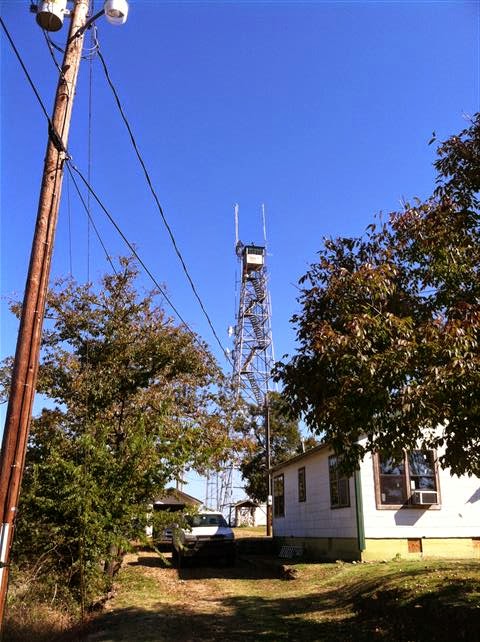
Recently I attended a regional conference for Project WET, Wild, and Learning Tree facilitators at Beavers Bend State Park in Oklahoma near Broken Bow.
It was a LONG drive from my home but well worth the trip. I have always loved the Projects as an exceptional way to teach environmental topics, but this meeting was about what we, as the facilitators for these national environmental education programs, could learn. I was NOT disappointed.
We stayed in the group camp area in cabins built in the 30's by the CCC. It is phenomenal how much was accomplished for the good of the public during those depression days!
After the first night of meeting new people and becoming familiar with the area, we delved into a learning experience relating to each of the projects the following day. First, related to Project WET, water activities......we sampled for macroinvertebrates at the river to determine water quality..
While I have done this type of sampling many times, the river was beautiful, and so I enjoyed the activity and briefly explored the banks of the river.
This stretch of the river is cold water, due to the hydroelectric dam's release of water, and supports cold water fish like trout. Due to the temperature, waders were used while in the steam. I like doing this activity with kids because they do like to "get their feet wet!"
There were many trout fishermen along this river, so the second activity of the day was appropriate--learning to cast a line for trout. Of course this is something I have never done and I was a little timid to try.
(a wooden stick with string attached) and tried it!
Soon I was ready for the real rod.....
and the line was humming! What a great experience.After lunch we headed for an experience related to Project Learning Tree....forestry activities. For this, we went to a fire tower. We heard about fire contol problems and successes, and met two women who have "manned" the towers for several decades! Then, those who wanted to had the chance to climb the tower....100 feet above ground level.
Few states have operational towers these days, and I believe Oklahoma only has two, but what an experience....what a view! Our guide related many of her experiences in the 4-6 hour shifts in this tiny space. I think I would quickly become claustrophobic or dizzy with the height. What brave souls these people are.
For the final learning experience of the day (related to Project Wild...wildlife), we headed to the 14,000 acre wilderness area that the Red-Cockaded Woodpecker calls home. This endangered bird requires a specialized habitat of Short-Leaf Pine and Bluestem.
The wilderness we visited was virgin forest; the woodpecker requires large (old) pines for nesting. The wildlife biologist that met us on the property impressed us with his enthusiasm and hard work to monitor and manage habitat for this species. He also noted that the management was beneficial for many other species including deer, turkey and quail.
The arduous task of climbing over 45 feet in the large pines was demonstrated, much to our awe!
All too soon, we headed out of the wilderness, toward civilization and the pizza place for dinner. It had truly been a wonderful day, learning through a variety of experiences. I wish all learning could be this way. Certainly it was a trip I won't soon forget!




%2B-%2BCopy.JPG)





.JPG)
.JPG)
.jpg)
.JPG)
.JPG)
.JPG)



.JPG)
.JPG)
.JPG)
.JPG)
.JPG)
.JPG)
.JPG)
.JPG)
.jpg)
.JPG)
.JPG)
.JPG)
.JPG)
.JPG)
.JPG)
.JPG)
.JPG)








.JPG)
.jpg)
.JPG)
.JPG)
.JPG)
.JPG)